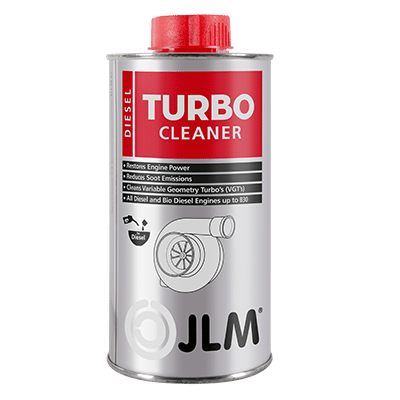Interested in keeping your diesel vehicle maintenance costs low or running your engine more efficiently? If you own a diesel car, it’s likely that you have a diesel particulate filter (DPF). Understanding DPFs is crucial for any diesel vehicle owner.
In this article, we’ll delve into what a DPF is, how they work, their benefits, and all essential maintenance tips to ensure your vehicle stays in top condition. Read on to discover how mastering your DPF can save you time and money on the road.
What is a diesel particulate filter (DPF) and how does it work?
A diesel particulate filter (DPF) is a filter that captures and stores any exhaust soot from diesel exhaust gas to reduce harmful emissions from diesel vehicles. DPFs have been fitted to diesel cars as standard since 2009 when the Euro 5 exhaust emissions legislation was brought in to help lower CO2 emissions from vehicles.
Due to the DPF having limited soot storage capacity, the trapped soot needs to be “burned” off to regenerate the DPF. This is known as the regeneration process and involves cleanly burning the soot to convert it into less polluting ash. As mentioned, this process helps to reduce harmful exhaust emissions and the tell-tale black smoke that can sometimes be seen from diesel vehicles.
Despite this system being in place, the DPF can sometimes become blocked when the captured soot and other particles accumulate faster than they can be burned off during the regeneration process. Below, we will delve further into the symptoms of a blocked DPF, what causes it, and actions you can take to fix it.

How do you know if a DPF filter is blocked?
A blocked DPF can cause several symptoms, including:
- Warning lights: The most common sign is the illumination of the DPF warning light on your dashboard. This will usually be an orange light that will look like a piped box with dots in the middle (can vary by vehicle).
- Reduced engine performance: You may notice a loss of power or reduced acceleration. You could also see a poor throttle response, meaning that the engine may not respond as quickly when you try to accelerate.
- Increased fuel consumption: A blocked DPF can cause your vehicle to use more diesel fuel.
- Frequent regeneration cycles: You may notice that your vehicle attempts to regenerate more often, indicating the DPF is not working effectively to clear the captured soot.
- Engine warning light: If the blockage is severe, the engine management light might come on.
- Increased exhaust smoke: You may see more smoke than usual coming from the exhaust. This will typically be black smoke.
- Unusual smells: You might detect a strong, unusual smell from the exhaust.
These are a lot of symptoms to look out for but the main one to monitor is your DPF warning light, as this will give an easy indication that something isn’t right.

What causes a DPF to block?
There are several reasons behind a blocked DPF:
- Frequent short journeys at low speed: These sort of journeys don’t generate enough heat for the DPF to regenerate properly, thus allowing the soot to accumulate and block the DPF.
- Poor maintenance: It’s likely that a poorly maintained car and DPF will experience DPF blockage sooner. Factors such as neglecting to change the oil or using low-quality diesel fuel can increase the amount of soot produced.
- Driving conditions: Similar to short journeys, prolonged idling or stop-start traffic can prevent the DPF from reaching the required temperature to prompt the regeneration process, disabling soot from being cleanly burnt off and blocking the DPF.
- Faulty components: Having faulty or damaged components such as a faulty sensor, damaged turbo hose or EGR valve, could hinder the regeneration process from happening, leading to a blocked DPF.
- Modification: Performance modification can sometimes damage a DPF.
How to maintain a DPF
To prevent a DPF from becoming blocked in the first place, you can take a few steps to help the regeneration process along. There are three types of DPF regeneration:
What is passive DPF regeneration?
Passive regeneration is when the car has been able to run at moderate speeds on longer motorway journeys, allowing the exhaust temperature to reach high enough to start the regeneration process. As mentioned, this then cleanly burns off excess soot in the filter.
With passive regeneration, the DPF essentially manages its own cleaning without the need for external intervention. This is a naturally occurring event within the DPF process and is beneficial due to not needing additional fuel consumption or actions from the driver. However, you can help your car with this regeneration process by using JLM DPF ReGen plus. This is a fuel additive that discourages excessive soot quantities from building up by using cerium to help burn soot at a lower temperature, protecting the DPF and producing less ash.
To achieve passive regeneration, it’s recommended to run a vehicle for 30-50 minutes at moderate speed within motorway speed limits. For some drivers, this isn’t a regular occurrence, i.e, if most of your driving is within a city. Therefore, manufacturers have designed alternative options such as active DPF regeneration.
What is active DPF regeneration?
Active regeneration is the process by which a DPF will be actively cleaned as part of the vehicle’s own engine management system. When passive regeneration isn’t sufficient and the DPF reaches a predetermined limit (normally around 45%), additional fuel will be injected automatically into the exhaust system to help raise the temperature of the exhaust, thus cleanly burning off the stored soot.
Active regeneration normally occurs without external intervention. However, a driver may notice that this is happening due to an increase or change in engine sound, increased fuel consumption, or a smell of burning.
Active regeneration is a backup for when passive regeneration doesn’t work effectively. However, problems can also occur with active regeneration. For example, if a journey is too short, the active regeneration cycle may not complete, leading to continued blockage of the DPF. This can usually be identified with the persistence of a warning light.
If you’re struggling with a blocked DPF and are having trouble with passive and active regeneration, your vehicle will have to be looked at by a qualified mechanic who may suggest forced regeneration.
What is forced regeneration?
Forced regeneration is a process that a mechanic might suggest to unblock your DPF. This is a manual process that involves a mechanic using diagnostic tools to force the vehicle’s engine management system to start the regeneration process, increasing the exhaust temperature to encourage soot burn off.
There is no guarantee that this will be fully successful, as it often leads to the temporary removal of excess soot that builds up later on. It’s also important to highlight that there are risks associated with forced regeneration such as strain to the engine, increased wear and tear or component damage, high fuel consumption and contamination of engine oil.

How long does a DPF last and DPF replacement cost?
In general, a DPF should last up to 100,000 miles if maintained well with frequent longer journeys to limit DPF blockages. If a DPF is not well maintained, it may require replacing sooner, leading to more frequent costs.
On average, a new DPF is often priced at £1,000 but can be as expensive as £3,500. The older the car, the less cost-effective it becomes to replace the DPF, meaning that it’s important to consider all of the options available.
To help reduce costs and extend the life of the DPF, it’s recommended to use additives to support the regeneration process and cleaning of the DPF.
How to fix a blocked DPF with JLM products
To help keep your costs low and extend the life of your DPF, JLM offer a wide range of products to support with different stages of the process for a variety of experience levels and vehicle types:
- JLM DPF ReGen Plus for preventive maintenance
- JLM DPF Cleaner for use when the DPF warning light comes on
- JLM Diesel Emissions Reduction Treatment which contains a DPF additive to promote regeneration, reduce soot levels pre-MOT
- JLM Diesel Extreme Clean for older or rarely serviced vehicles that need a top-to-tail fuel and exhaust system clean including the DPF
- JLM DPF Refill Fluid to top up the regen additive reservoir on vehicles with an onboard dosing system
- JLM DPF Clean and Flush Toolkit for professional use only, contact us for advice when using this product (call 01273 891162 or email info@kalimex.co.uk)
Common DPF FAQs
Is it OK to drive with a DPF light on?
Driving with a DPF warning light on is not recommended as it indicates that there’s an issue with the DPF system. If you have a blocked DPF that’s unable to cleanly burn off soot, your vehicle will be expelling increased emissions and experiencing a reduction in engine performance. Additionally, it’s likely that the soot build up will cause the engine to overheat, causing further damage to the vehicle that may result in costly repairs.
Why does my diesel particulate filter light keep coming on?
If your DPF warning light keeps coming on, this signifies that the DPF is struggling to manage the soot build up that has accumulated. If the light is coming on frequently, it could be due to several reasons such as the DPF expiring, an exhaust leak, oil contamination, or faulty sensors. If your light keeps coming on and you’re unable to resolve this yourself, we recommend visiting a qualified mechanic for a professional opinion.
Can a blocked DPF clear itself?
As mentioned within this article, it’s possible for a DPF to clear itself using passive regeneration. If this isn’t sufficient, the vehicle management system will also trigger active regeneration to help clear the DPF.
How do I know if my DPF needs to be replaced?
DPF replacements can be very costly, which is why it’s so important to know when it’s time to replace one to help you prepare for the options available. Signs that a DPF needs replacing include:
- Reduced vehicle performance
- Increase in smoke, particularly black smoke
- DPF warning light continues to come on despite attempts to clear blockages
- A change in smell coming from your exhaust
- Increased fuel consumption
- A change in the sound of your engine
- Reduced acceleration and poor throttle response

